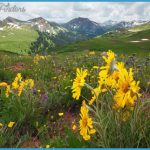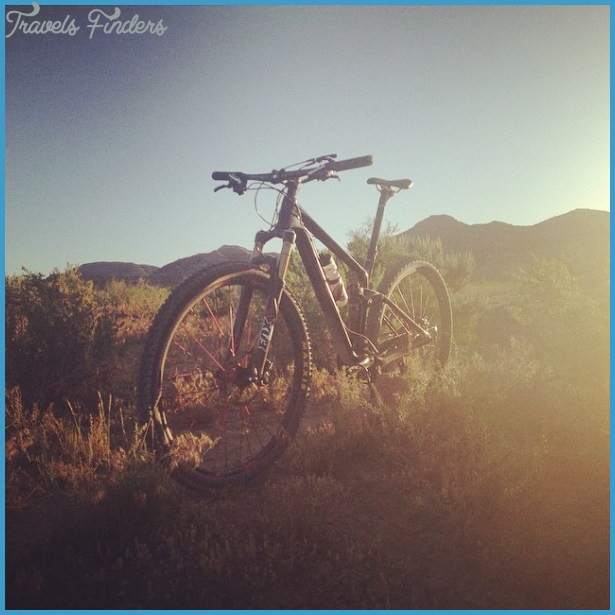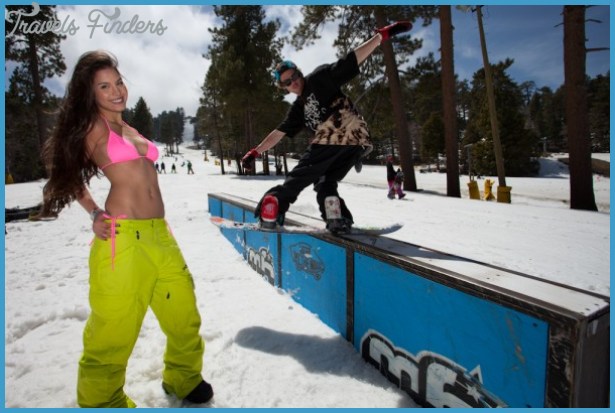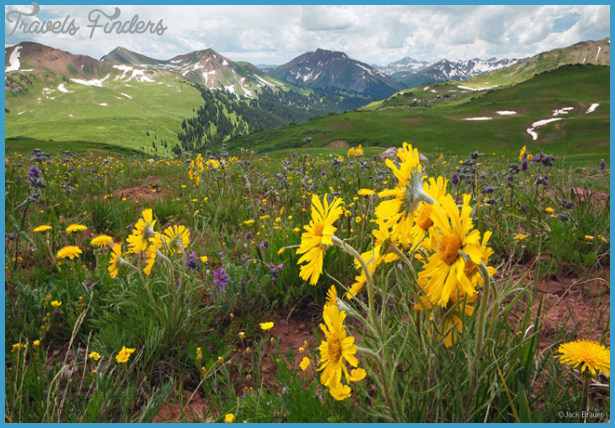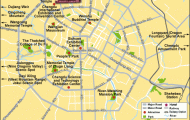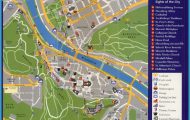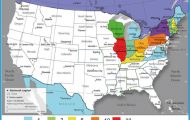A Yellowstone experience that’s always a delight in good weather is the opportunity to sample a high pass in the Rocky Mountains. At three places in the park, the main road climbs above 8000 feet (2440 m). Besides Sylvan Pass, the other high passes are Craig Pass between Old Faithful Village and West Thumb Junction (8262 ft/2518 m), and Dunraven Pass, the highest (8873 ft/2704 m), between Tower Fall and Canyon Junction. What’s Different about Mountain Passes? You can tell you’re in a special environment even without getting out of your car. In June and early July, there are still mounds of snow along the road. Waterfalls spill onto the road and fall down to the river. You’ll see a profusion of wildflowers in July and August. They have only a few weeks to show their splendors and produce their seeds.
Trees that grow this high on the mountainsides belong to species that have adapted to the climate, predominantly subalpine fir and whitebark pine. In very high windy places, they may show crooked growth called krummholz, German for crooked wood, with branches only on the side away from the wind. Sometimes there are gorgeous vistas at or near the mountain passes. In the case of Sylvan Pass, the best views are a few miles to the west of the pass itself. Some park animals spend the summer months this high or higher. Bears gorge themselves at the end of summer on berries and whitebark pine nuts. Especially around Dunraven Pass, you may see bighorn sheep if you look up to the crags above the road. How Do You Feel? At altitudes of over 8000 feet (2400 m), almost everyone feels some effects from the thinner air. You may feel dizzy, faint, or seem to have trouble getting your breath. The atmospheric pressure is 27 percent less than at sea level, thus the air around you is less dense, and you’re only getting about three-quarters as much oxygen per breath. However, if you stay at high altitude for a few days, your body will usually accommodate at least partially to the reduced oxygen supply. High Mountain Passes Look above the east end of the lake for a delightful small waterfall, named Cre-celius Cascade for Chittenden’s subordinate, who was responsible for building this stretch of road.
You can park in the picnic area at the west side of the lake for Avalanche Peak Trail. This trail takes you in a very steep 2 miles (3.2 km) to the top of Avalanche Peak. Rangers sometimes lead hikes up this trail; inquire at Fishing Bridge Visitor Center. Snow avalanches are common in this area of steep mountainsides. In the spring, park rangers fire a cannon to try to create small snowslides and prevent the snow buildup that causes greater avalanches. An unmaintained fisherman’s trail, not shown on current maps, starts south of Eleanor Lake and follows Clear Creek down to the Thorofare Trail. From Eleanor Lake to the edge of Mary Bay, evidence remains of the Grizzly East complex of fires, which burned over 25,000 acres of forest in late summer of 2003.



